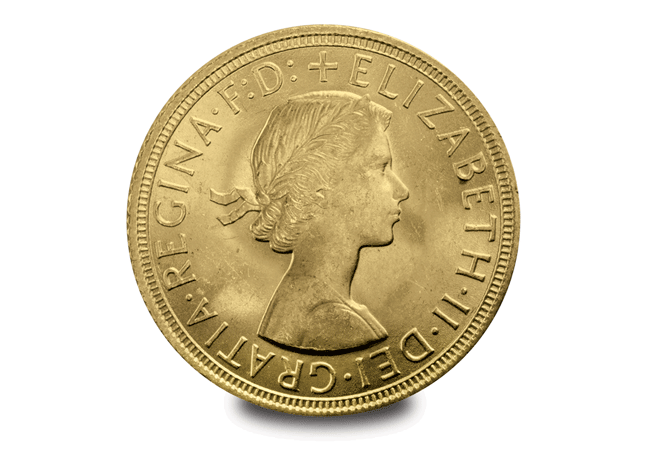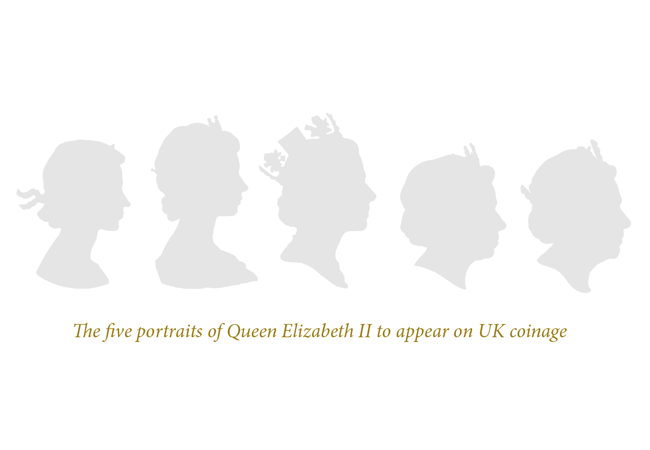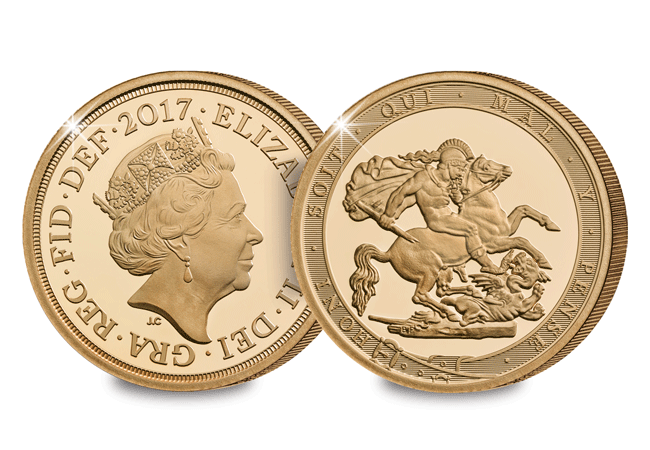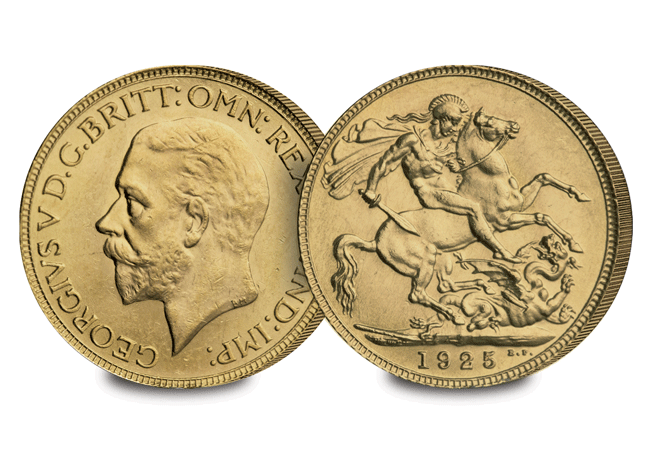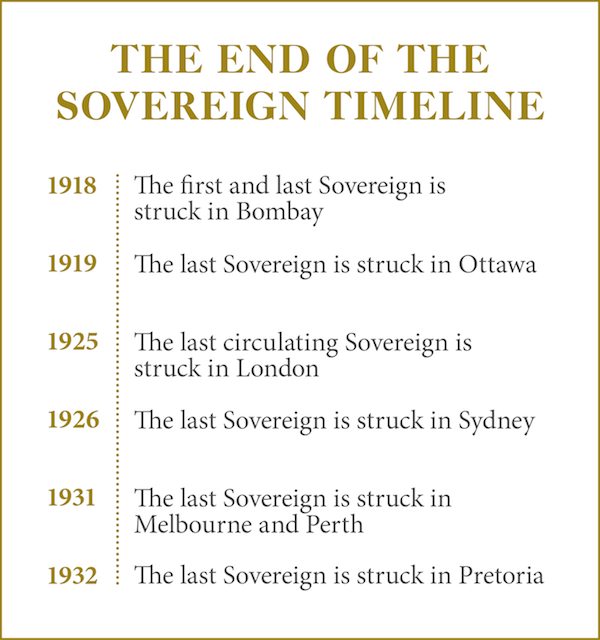Posts Tagged ‘uk’
The Secret Life of Isaac Newton…
English mathematician, astronomer, and physicist, Sir Isaac Newton is one of the most famous scientists of all time. He is renowned for producing the single most influential book on physics ever written, The Philosophiae Naturalis Principia Mathematica, but not many people know that discovering why apples fell from trees and changing the way we understand the universe were not the only problems he dealt with…
Newton and the Counterfeiter

The Tower of London – Home of The Royal Mint for 500 years. From 1279 – 1812.
In 1695, The Royal Mint discovered that a large number of the UK’s circulating coins were fake. In fact, 10% of England’s coinage was known to be phony. Unable to keep up with the increasing intelligent counterfeiting methods they turned to England’s ‘brightest mind’ for help.
Sir Isaac Newton was appointed warden of The Royal Mint, with a sole purpose of enforcing laws against counterfeiting.
Most counterfeits were easy targets for Newton, but one man in particular kept eluding his grasp – William Chaloner.
Chaloner was a nail maker by trade but found a more worthwhile application for molten metals. The counterfeiter’s self-made wealth enabled him to pose in a way that matched his intellect.
Newton wanted nothing more than to finish Chaloner. He went into full detective-mode.
Newton undercover

Sir Isaac Newton
Newton constructed a strong case, using his network of informants and spies around London in a systematic way to form a complete representation of Chaloner’s actions. He even went undercover himself to obtain evidence from witnesses at pubs around the city. By the time the trial came, he had gathered eight witnesses.
The treason charge stuck – on March 3rd 1699, William Chaloner was sentenced to hang.
Later that year, Newton was made the Master of the Mint, a position he would hold until his death in 1727.
Master of the Mint
Newton took up his duties with effect from Christmas Day 1699. Immediately his active involvement in the affairs of The Royal Mint became undoubtable, he took the role very seriously before retiring from his duties at Cambridge in 1701.
He survived the political upheavals of those distressing times and in 1705 he was knighted by Queen Anne, making him just the second scientist ever to be knighted.
The first gold standard
During his role as Master of the Mint, Sir Isaac Newton wrote a report to the Lords Commissioners of His Majesty’s Treasury, as a result the relationship between gold and silver coins was forever changed by Royal proclamation at the end of 1717. It forbid the exchange of gold Guineas for more than 21 silver shillings. This meant that silver coins were being used to pay for imports, subsequently Britain saw a silver shortage – effectively moving the country from the silver standard to its first gold standard.
His Legacy to our coinage

The UK Sir Isaac Newton 50p
As a result of Newton’s vision, coins struck by The Royal Mint remain unrivalled in their accuracy and purity. He helped to make Britain’s currency one of the most respected and admired in the world. As one of the most famous figures to ever hold the role of Master of the Mint and author of the single most influential book on physics ever written it is entirely appropriate he is celebrated on a UK coin.
If you’re interested…
A brand new UK 50p coin has just been issued by The Royal Mint to commemorate the 375th anniversary of Sir Isaac Newton’s birth and his outstanding legacy.
You can own one today.
200 years of the Sovereign. Part VI: The UK’s Premier Gold Coin
2017 sees the Gold Sovereign’s bicentenary, and to mark the occasion a special one-year-only design has been unveiled, recreating Pistrucci’s original 1817 engraving. It’s a truly fitting tribute and acknowledges the rich history of the coin which I’ve been exploring in these blogs. If you missed the previous posts you can start from the beginning here, but now here’s the final chapter in the sovereign’s history so far…
In Part V, I explored the decline in production of Gold Sovereigns as a result of World War I and the worldwide economic crisis, which lead to the end of the Sovereign. Until 1957 when it was revived once again…
Apart from one special limited edition commemorative issue for King George VI’s coronation in 1937, no Sovereigns had been struck since 1932. In 1953, Sovereigns were produced for Queen Elizabeth II for the Coronation Sets but they were for national collections, not collectors.
The Sovereign’s revival
Then in 1957, worldwide demand for the coins became so great that The Royal Mint resumed production of bullion gold Sovereigns for circulation. Not only would this satisfy demand, it would also blunt the premium that was making it so lucrative to counterfeit the coins.
These early ‘restoration’ Sovereigns of Queen Elizabeth II’s reign feature Mary Gillick’s portrait of the young Queen on the obverse, engraved especially for her new coinage.
The portrait design was changed in 1968 prior to Decimalisation in 1971, to a portrait by Arnold Machin. This portrait still features on postage stamps all these years later.
A new market emerges
Queen Elizabeth II’s reign has been a time of change for the Sovereign. A new market has emerged – the collector’s market.
In 1979, The Royal Mint produced the first proof version of the Sovereign of her reign. This higher grade version was limited to just 12,500 pieces and proved very popular with collectors.
With a newfound interest from collectors, it is not surprising that we have seen more design variations of the Sovereign than ever before.
A third portrait design by Raphael Maklouf was used from 1985 to 1997 and a fourth by Ian Rank-Broadley FRBS replaced this until 2015 when Her Majesty’s portrait was updated by The Royal Mint engraver, Jody Clark.
The UK’s Premier Gold Coin
We have also seen the introduction of commemorative one-year-only designs, which started in 1989 with the issue of a special 500th anniversary Sovereign, featuring a design similar to the first Sovereign in 1489. These special commemorative designs have become more and more popular.
Since then, there have been one-year-only designs for the Queen’s Golden Jubilee in 2002, the modern St. George and the Dragon in 2005, the Diamond Jubilee in 2012 and the Queen’s 90th birthday in 2016.
These limited editions have seen a surge in Sovereign collecting, cementing its position as the UK’s premier gold coin.
It’s universal appeal shows no sign of slowing. In recent financial crises, people all over the world clamoured for Gold Sovereigns.
The Sovereign’s reputation for quality and reliability remains and will remain for years to come and now the next chapter in the Sovereign story has been written…
Announcing the new UK Bicentenary Gold Proof Sovereign
To mark the Bicentenary of the “modern” Gold Sovereign in 2017, The Royal Mint have just released a brand new Gold Proof Sovereign reprising Benedetto Pistrucci’s original engraving from 1817.
With a low edition limit of just 10,500 worldwide, a special one-year-only design change and a fine proof finish, the 2017 Bicentenary Gold Sovereign has all the elements to be one of the most collectable British gold coins of the 21st century. And now you can own one.
200 years of the Sovereign. Part V: The End of the Sovereign…
In my last blog post, I explored the Gold Sovereign’s incredible success as the most trusted and popular of all gold circulating coins throughout the world during the Empire years until 1931 when its reign as the King of Coins came under threat…
The Outbreak of the First World War in 1914, followed by the worldwide economic crisis in 1931 seemed to sound the death-knell for the Sovereign.
Gold Sovereigns were struck annually until 1915, but production dropped dramatically in 1914 and the majority of the 20 million minted in 1915 were for overseas use.
Decline in Production
As part of the emergency measures put in place upon the Outbreak of the First World War, specie payments were suspended and Treasury notes replaced gold. Gold coins disappeared from circulation but they continued to be minted for overseas bullion transactions.
Sovereigns were struck in 1916 and a small amount in 1917, but no more circulating Sovereigns were minted in London, except for a consignment for overseas use in 1925. The overseas branch mints still struck considerable quantities of Sovereigns.
Sovereign production continued after the war, but in much smaller numbers. Despite this, another two branch mints were opened. One in Bombay in 1918, which struck Sovereigns for just one year only. The other was opened in South Africa in 1923.
By 1926, only three branch mints were still operating – Perth, Melbourne and Pretoria. However, the worldwide economic crisis in 1931 signalled the end of these remaining branch mints, Britain left the Gold standard and the last Sovereigns were struck in Pretoria in 1932.
This appeared to be the end of the Sovereign. But all was not as it seemed.
Would the Sovereign be revived again?
Find out in the final part of our 200 years of the Sovereign Blog Series – click here to read it >>
Announcing the new UK Bicentenary Gold Proof Sovereign
To mark the Bicentenary of the “modern” Gold Sovereign in 2017, The Royal Mint have just released a brand new Gold Proof Sovereignreprising Benedetto Pistrucci’s original engraving from 1817.
With a low edition limit of just 10,500 worldwide, a special one-year-only design change and a fine proof finish, the 2017 Bicentenary Gold Sovereign has all the elements to be one of the most collectable British gold coins of the 21st century. And now you can own one.



